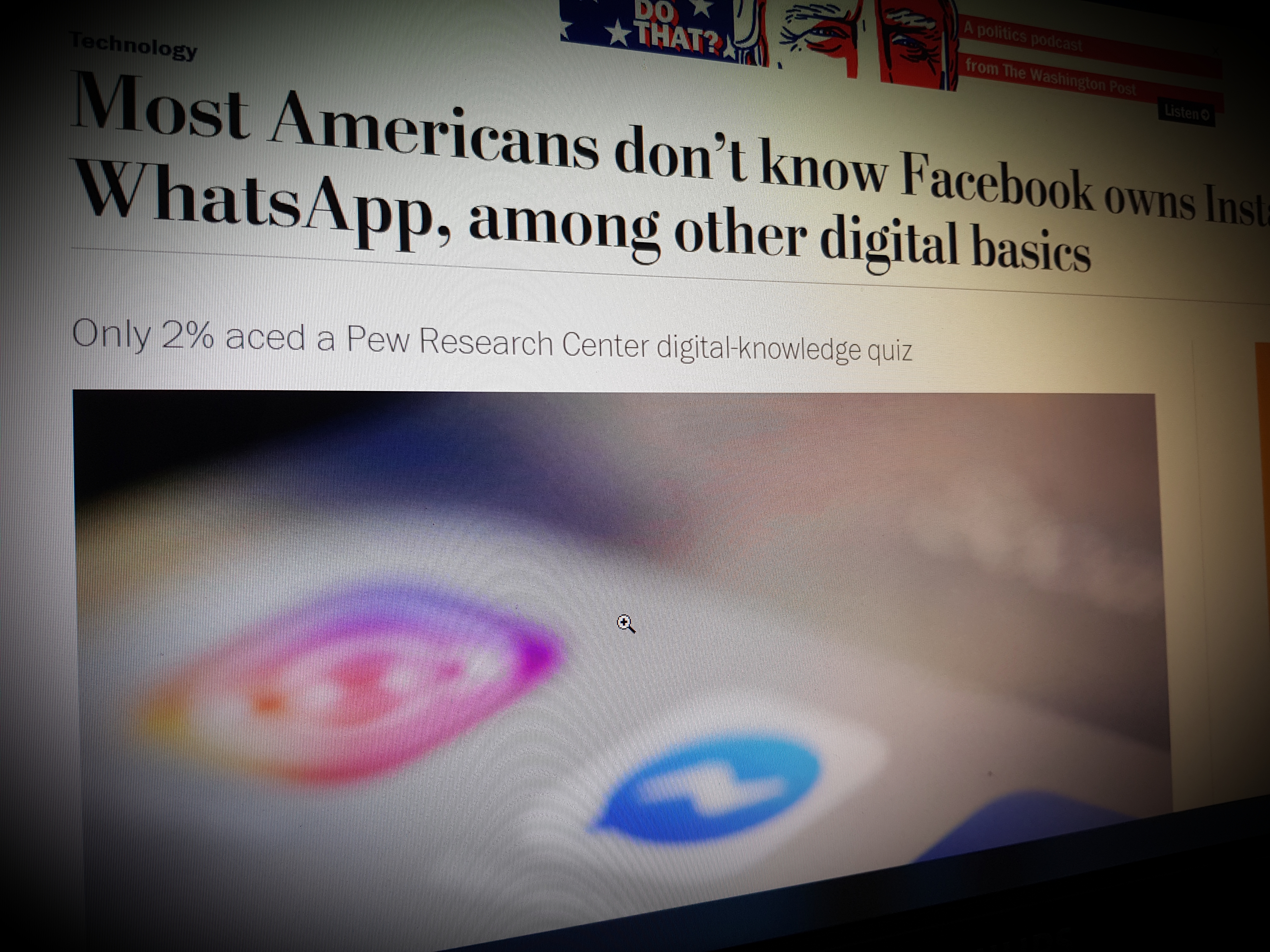


Informal chats with start-up foundersĪround the same time, as Facebook began gearing up to go public, Zuckerberg networked with fellow entrepreneurs of promising start-ups. This included Zuckerberg, who asked his employees for their thoughts on Instagram and what its popularity meant for how users would interact with photos on their phones. The company also decided to spin out a photo app and began to work on it in 2011, according to multiple sources.ĭuring the development of this app, Instagram began to capture the attention of Facebook employees. The most well-known of these spin-offs was Messenger, released in August 2011, which let Facebook users chat with one another. To optimize the app and grow on mobile, the company decided to spin out different features and make them their own apps. The company needed to improve its app and pivot to mobile, where the company projected future growth to be. They were Frankensteins, one former employee told CNBC. In 2011, Facebook's mobile apps ran slow and felt bloated. But it had become clear that HTML5 apps did not perform as well as apps written specifically for each platform. Zuckerberg and company had made an early bet on a web-based technology called HTML5, which was supposed to work equally well on different mobile platforms and not require a lot of customization work for each one. By the end of the year, Google claimed 90 million monthly active users for the service, according to executives on an earnings call.įacebook also had a major internal issue it needed to solve: its strategy for mobile. Google used its other popular services, particularly Gmail, to direct users toward creating and interacting on Google+. The competitive landscape grew more heated in June 2011 when Google made a full-court push into Facebook's domain with Google+, a new social network that critics initially praised for its innovative features around privacy and control.


 0 kommentar(er)
0 kommentar(er)
